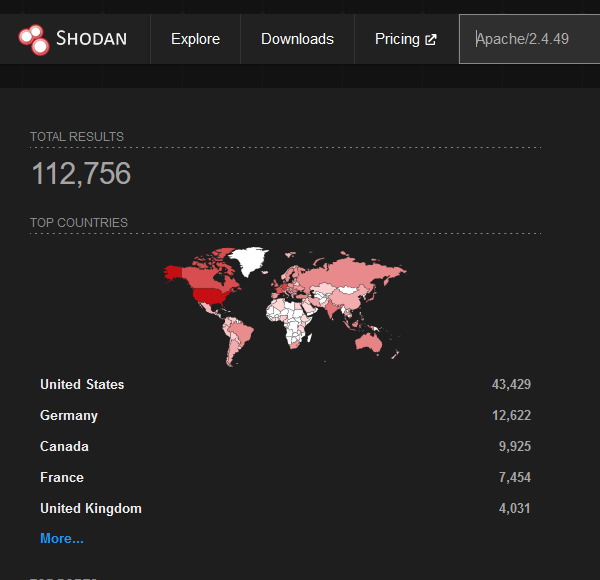 Defense
Defense
HID Attacks using OMG Cables
Human Interface Devices is the science way of saying (in this case) keyboard! Now that doesn’t sound amazing but then we look at the details. What we are talking about here is a wireless remote controlled programable keyboard emulator disguised as a USB cable or a cable between a real USB keyboard (must be detachable). This provides attack opportunities to both key log and hijack inputs to PC devices covertly and remotely (within WIFI range). Just imagine what you could do with one of these.







